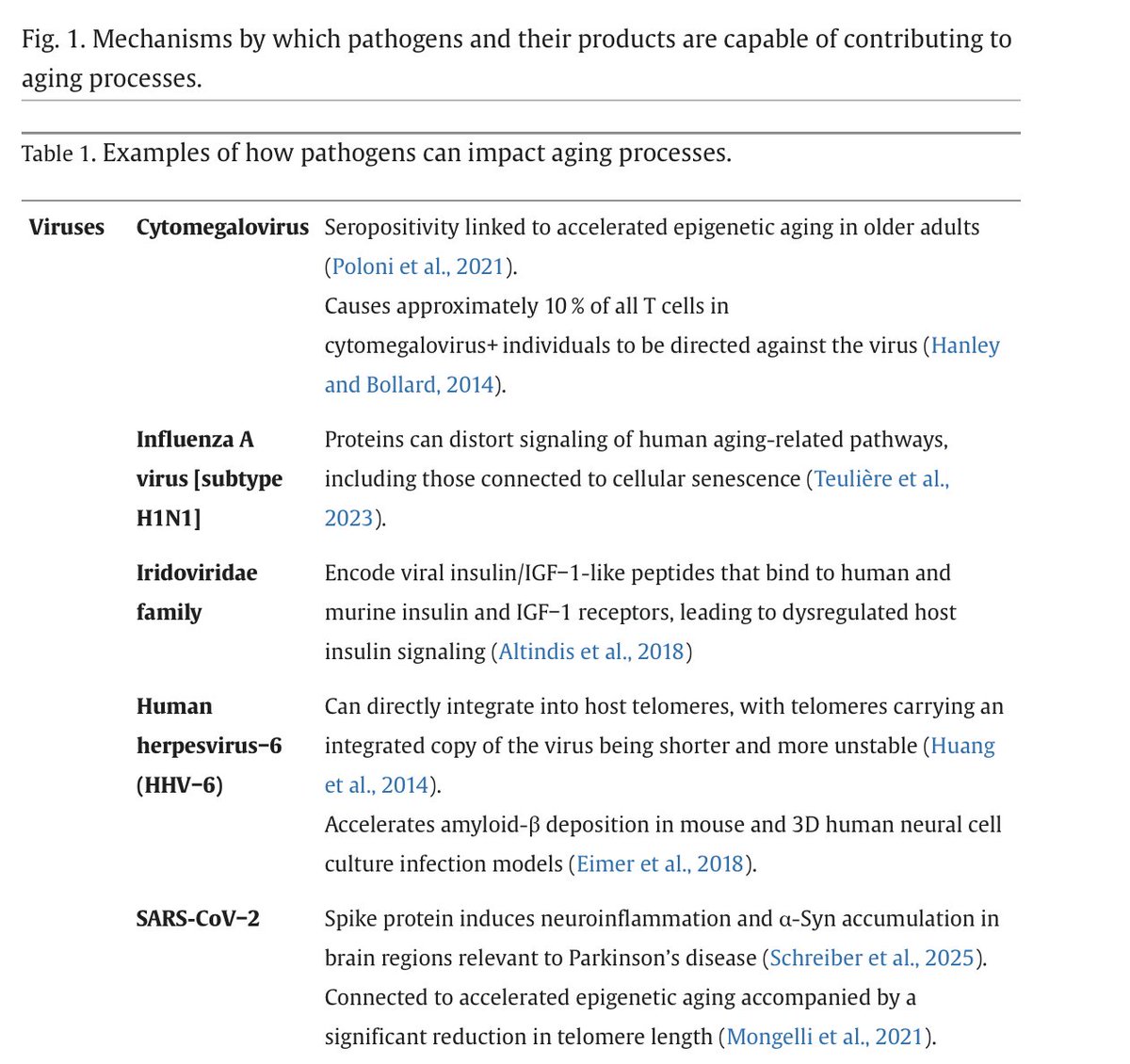Jerome you say below that #cannabis poses more risk for youth than other #FDA approved drugs 👉 Really? More risky than, for example, #Humira - a $20 billion/year immunosuppressive drug, prescribed to children as young as 2? Humira side effects include 👇 



https://twitter.com/JeromeAdamsMD/status/1168603445814865932

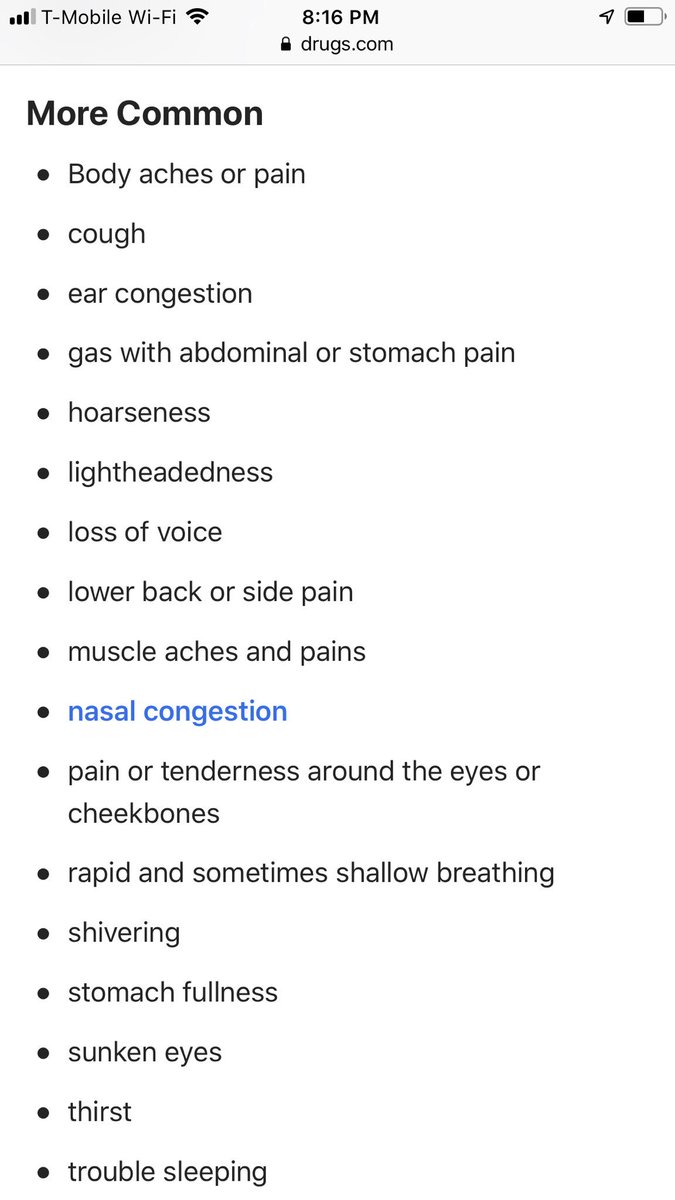
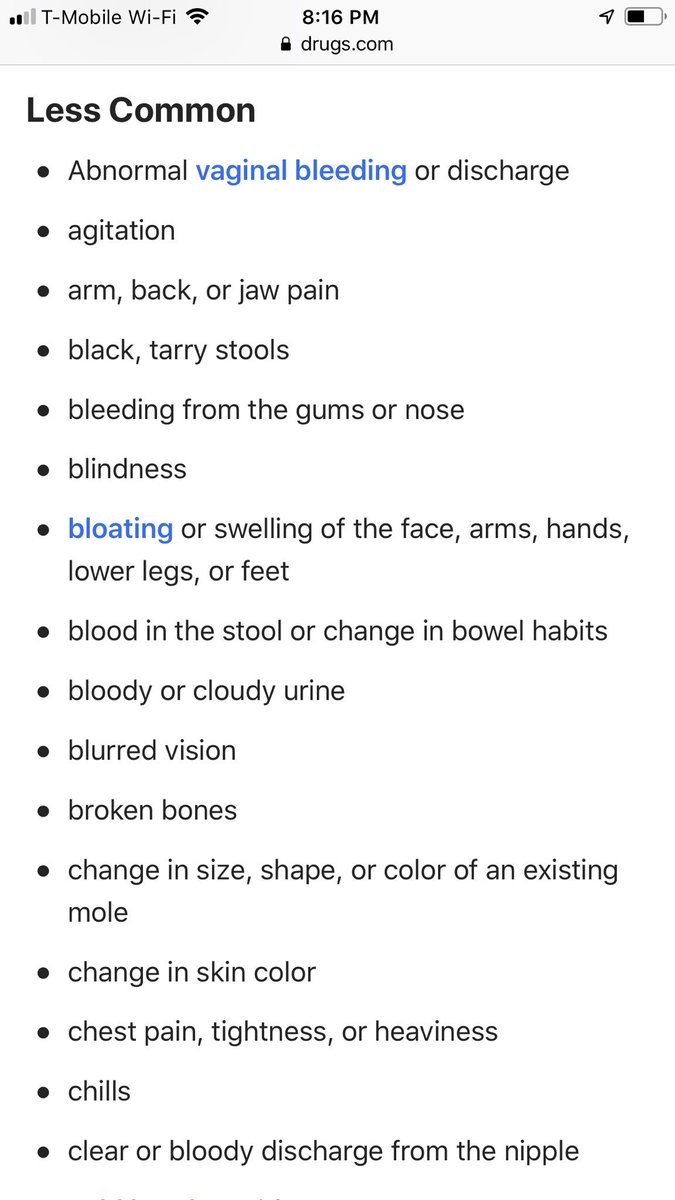
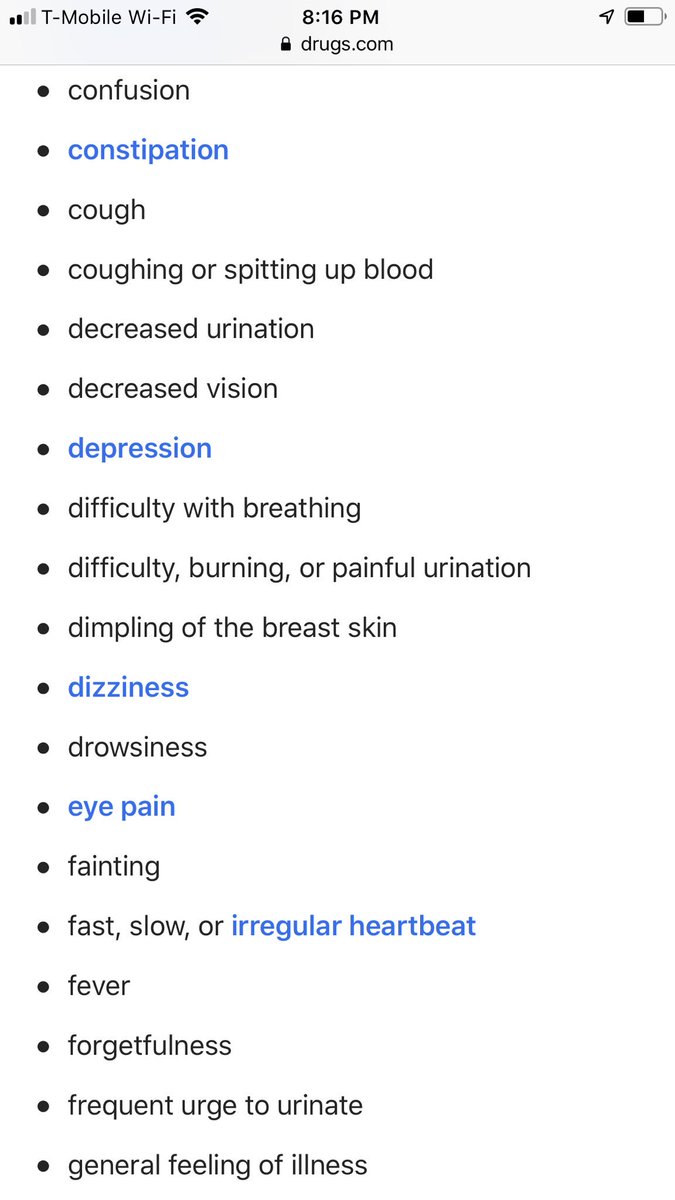
3/3 Whoops I forgot about death! This one article alone links Humira to 34,000 deaths: google.com/amp/s/amp.json… 


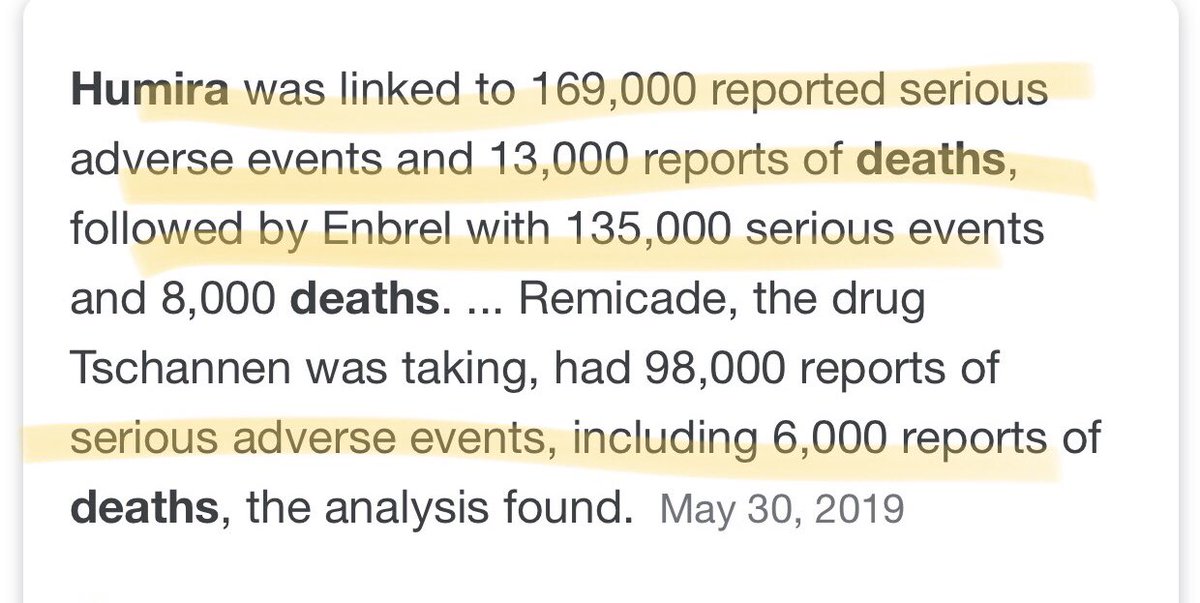
4/4 Humira also causes a rare type of #lymphoma...and it’s not known whether this will harm an unborn #baby...but it “may” not be safe to breastfeed when taking the medicine 

5/5 Long story short: can you provide the American public with specific data showing that #cannabis can, and will, cause more problems for youth than #Humira (which is quite literally the top-selling drug in the world): biospace.com/article/abbvie… 

• • •
Missing some Tweet in this thread? You can try to
force a refresh







